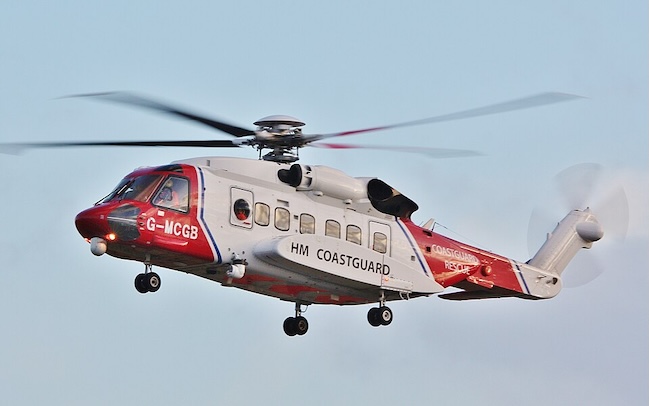S-92 Superhawk
Summary
| Category | Military Helicopters |
| Origin country | 🇺🇸 United States |
| Manufacturer | Sikorsky |
| First flight | 23 December 1998 |
| Year introduced | 2004 |
| Number produced | 300 units |
| Average unit price | $32 million |
Description
The Sikorsky S-92's development was initiated by the increasing requirement for aircraft supporting offshore oil and gas exploration, driven by the expansion further offshore after the 1973 oil crisis. Sikorsky Aircraft presented a mockup of the planned helicopter in 1992. Sikorsky established Team S-92 with international partners in 1995 and officially launched the helicopter program at the Paris Airshow, positioning it to compete with aircraft like the Aerospatiale/Eurocopter Super Puma. The S-92 incorporates a new airframe design while utilizing dynamic components derived from the S-70/H-60 series.
The first flight of the S-92 occurred on December 23, 1998, at Sikorsky's Development Flight Center in West Palm Beach, Florida. Design alterations were announced in July 2000, including lengthening the fuselage and modifying the tail pylon. These changes addressed pitch stability issues identified during flight testing and aimed to meet requirements for shipboard stowage under the Nordic Standard Helicopter Program. The S-92 received Federal Aviation Administration (FAA) part 29 type certification on December 19, 2002, and European Aviation Safety Agency/Joint Aviation Authorities (EASA/JAA) certification on June 8, 2004.
The S-92 is a multi-purpose helicopter featuring an aluminum airframe complemented by composite components. Power is supplied by two GE CT7-8A turboshaft engines. The main rotor system consists of a four-bladed fully articulated composite rotor. The blades are wider and longer than those on the Sikorsky S-70 and incorporate a tapered tip that sweeps back and angles downward, a design intended to mitigate noise and enhance lift. Titanium is used for most of the rotor system's components, excluding the blades.
The design integrates an active vibration control system employing vibration sensors and structurally mounted force generators, intended to increase flight comfort and reduce interior noise. Integrated safety features include flaw tolerance, bird strike capability, and engine burst containment. The utility transport version of the S-92A can accommodate up to three airline-style LD3 cargo containers within its 733 sq ft interior cabin area. As a military variant, the H-92 Superhawk can be configured for specific missions such as search and rescue, enabling it to be equipped with mission-specific equipment.
The S-92 has been deployed extensively in various roles, primarily civilian applications such as offshore oil platform support, search and rescue operations, and VIP transport. The S-92 participated in military contract competitions, including the U.S. Air Force's CSAR-X combat search and rescue competition and the Norwegian All Weather Search and Rescue Helicopter (NAWSARH) program, although it was not ultimately selected in either competition. Bristow Group in the UK operates the S-92 for search and rescue missions. The Irish Coast Guard also replaced its Sikorsky S-61N fleet with the S-92 for SAR operations. Following a fatal crash involving a Eurocopter EC225 Super Puma in 2016, Statoil elected to use the Sikorsky S-92, influencing its contractors like CHC Helikopter Service to adopt this model to meet safety requirements. Operationally, the S-92 has demonstrated capabilities in its multi-mission role and adaptability, while incidents related to mechanical failures, such as the Cougar Helicopters Flight 91 crash, have highlighted potential weaknesses in specific components. The helicopter is used globally by civilian operators and by military and government agencies in Azerbaijan, Bahrain, Canada, Ireland, Japan, Kuwait, Saudi Arabia, South Korea, Thailand, Turkey, Turkmenistan, the United Kingdom, the United States, and Uzbekistan.
Main Variants:
-
S-92A: This is the civilian variant, available in configurations such as a civil transport with airliner-type interior for 19 passengers or a utility transport with 22 side-facing seats and a rear ramp.
-
H-92 Superhawk: The military version of the S-92, the H-92 has more powerful GE CT7-8C engines and fly-by-wire flight controls.
-
CH-148 Cyclone: Developed for the Royal Canadian Air Force, this is a shipboard maritime helicopter variant to support naval operations of the Royal Canadian Navy.
-
VH-92: A specialized S-92A variant, the VH-92 is slated to become the next Marine One helicopter for transporting the U.S. President.
Technical specifications
| Version: S-92 Superhawk |
|---|
All operators



